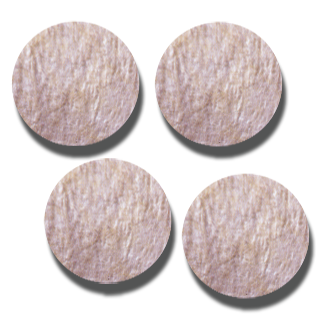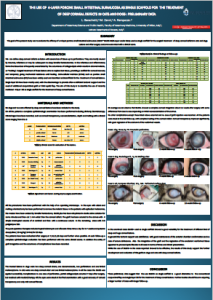Download BioSIS® Informational Brochure
Featured Cases
Dr. John Sapienza, DVM, DACVO, performing a superficial keratectomy in a cat for a corneal sequestrum, then suturing a Vetrix® BioSIS+ Plus Ocular Disc onto the corneal defect with 9-0 vicryl suture.
Dr. Enry Garcia da Silva, DVM, DACVO of VCA Aurora Animal Hospital – 4YOMN DSH Sequestrum Removal BioSIS Plus+
Dr. Enry Garcia da Silva, DVM, DACVO of VCA Aurora Animal Hospital showcases a surgical case using BioSIS Ocular discs for surgical repair of descemetocele ulcer.
“THE USE OF 4-LAYER PORCINE SMALL INTESTINAL SUBMUCOSA AS SINGLE SCAFFOLD FOR THE TREATMENT OF DEEP CORNEAL DEFECTS IN CATS AND DOGS: PRELIMINARY DATA”
L.Barachetti, M. Zanni, A. Rampazzo
University of Milan, Italy
European College of Veterinary Ophthalmology Conference
2016 Budapest, Hungary




